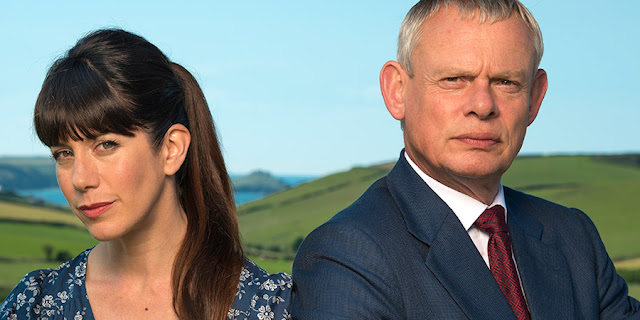Regional Identity - Doc Martin

- mise en scene: little seaside village/town: Cornwall - lots of hardworking people/farmers - farmer accent - Doc Martin : posh, easily irritated - Cornish people: relaxed, calm, not bothered by a lot - small community, connected, Policeman already knew who Doc Martin was - very relaxed town, not much happening - high key lighting: typical grey day - Doc Martin : dressed in suit - Everyone else is casually dressed or wearing Farmer outfits (https://www.youtube.com/watch?v=4gfYWZzaTBI)












